A crater located in Siberia has grow so large that it is dubbed the ‘Mouth to Hell’ by scientists. The massive crater continues to grow and spike experts’ concerns.
It appeared over 60 years ago and continues to grow by swallowing the land around it. Here’s why scientists are worried about the increasingly massive crater.
How it Started
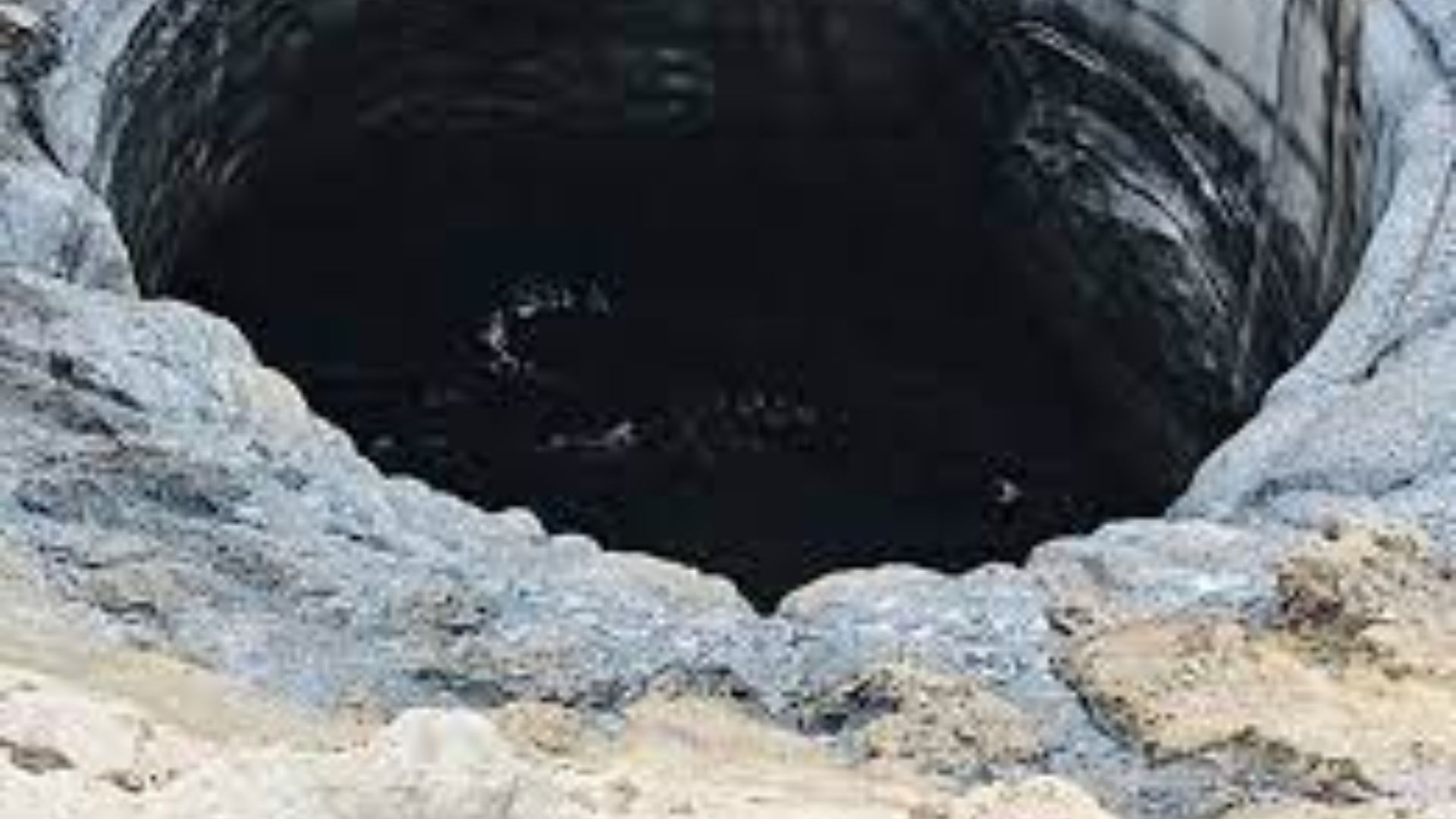
The crater first appeared in the 1960s and was known as the Batagaika Crater. As it grew, it earned the name of ‘Mouth to Hell’ among those who have studied it and those who live in the surrounding regions.
What started as a small crack developed into a crater and eventually a sinkhole that started to swallow the land surrounding it.
Deforestation May Be the Root Cause
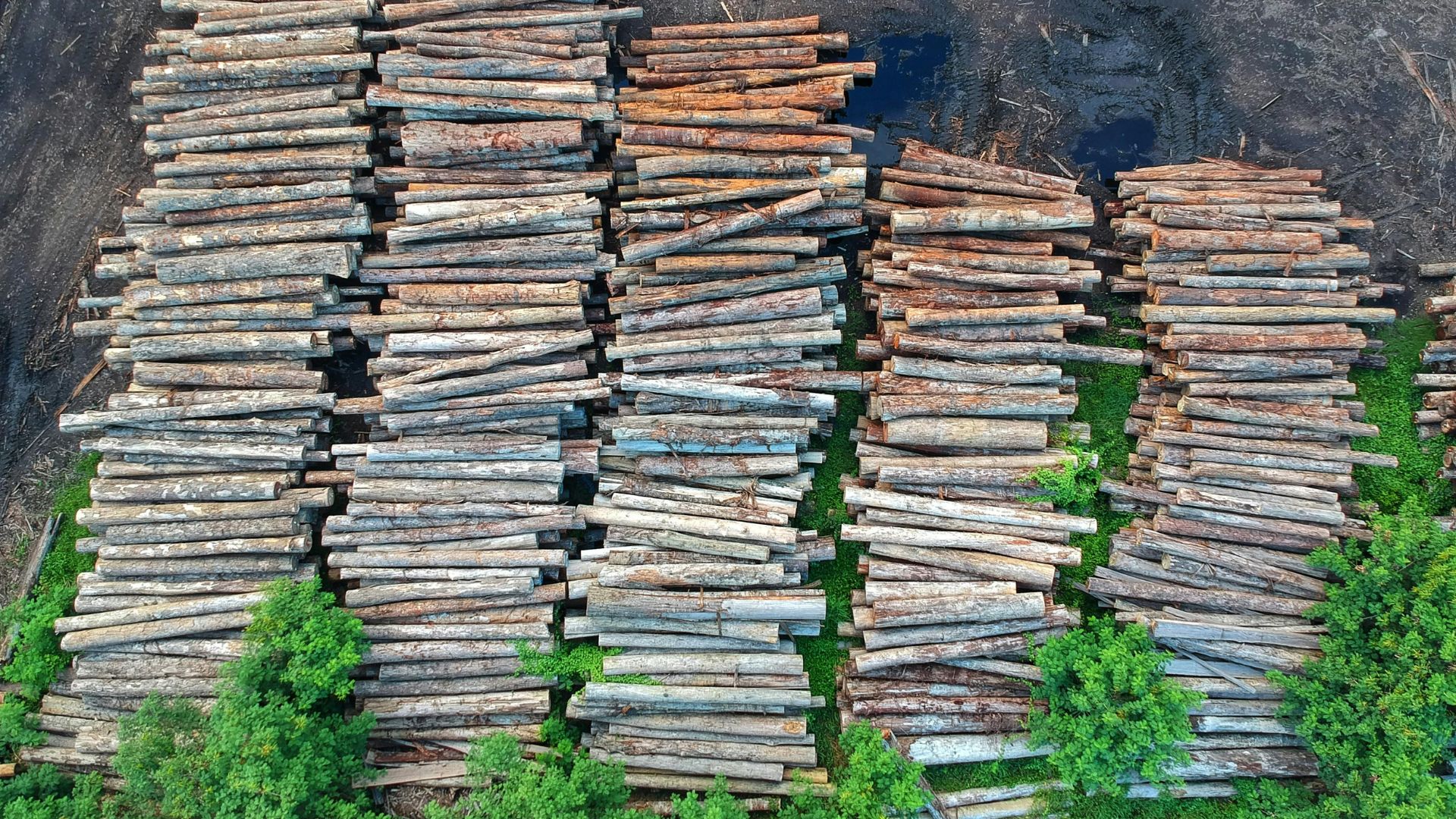
Scientists believe that extensive deforestation efforts in the 1960s may be the reason for the formation of the crater.
The trees had provided shade over the landscape btu when many of these trees were cleared, the sun was able to penetrate the ground. This melted the permafrost on the ground and opened the crack that would develop over the next several decades into the ‘Mouth to Hell’.
Rapid Growth Concerning Scientists
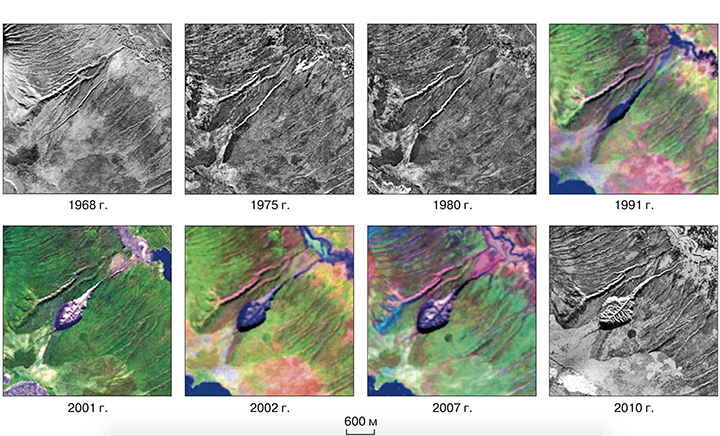
The hole is growing rapidly. Scientists estimate that it grows at a rate of 10 to 30 meters (30-50 feet) every single year. There have been more than 35 million cubic meters of soil lost from this area of Siberia due to the sinkhole since the ’90s.
What’s behind the rapid growth? Scientists have narrowed it down to one main contributing factor: climate change.
Melting Permafrost is Causing the Crater to Widen
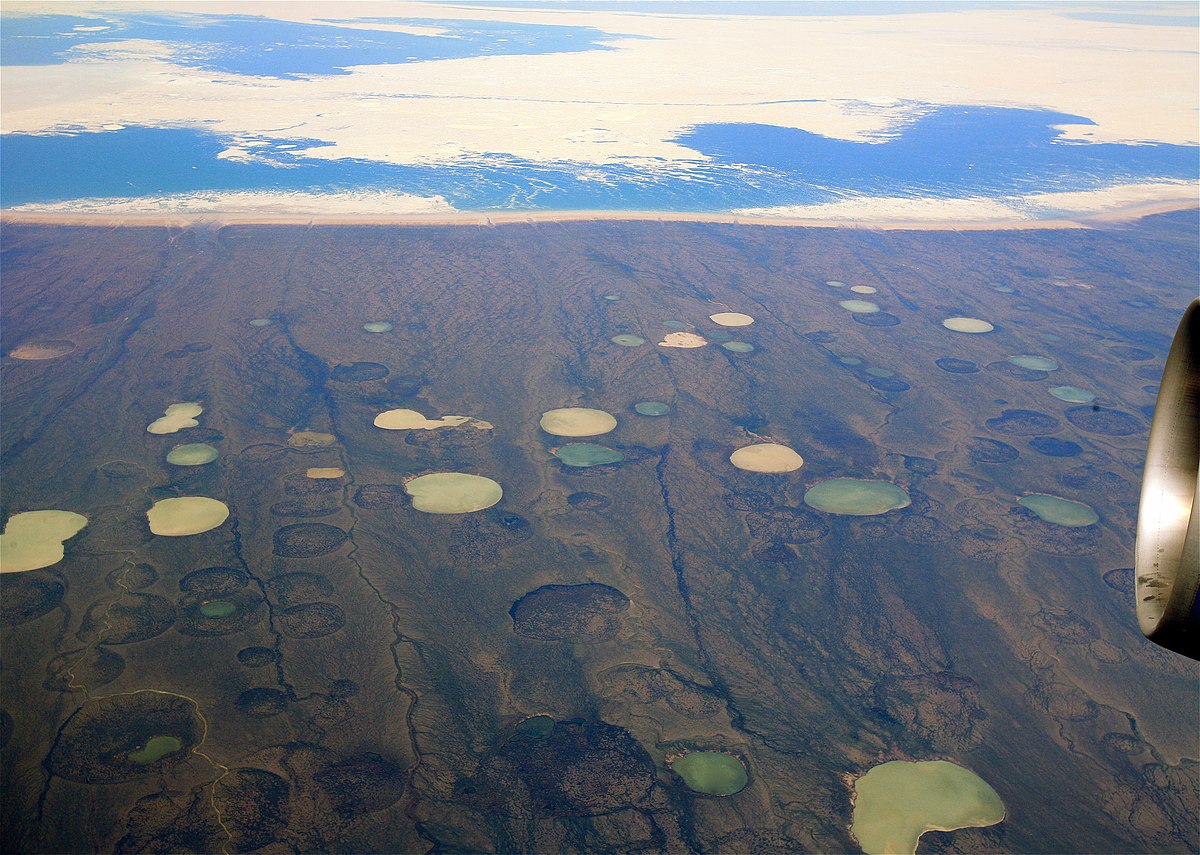
The relentless growth of the crater is a result of climate change. The permafrost in Siberia is melting at much faster rate than expected.
This causes the ground to be wetter, and thus much less stable. The unstable ground continues to give way to the sinkhole, and as more and more land falls into the crater, the crater only becomes more massive.
Melting Permafrost Causes Water Shortages
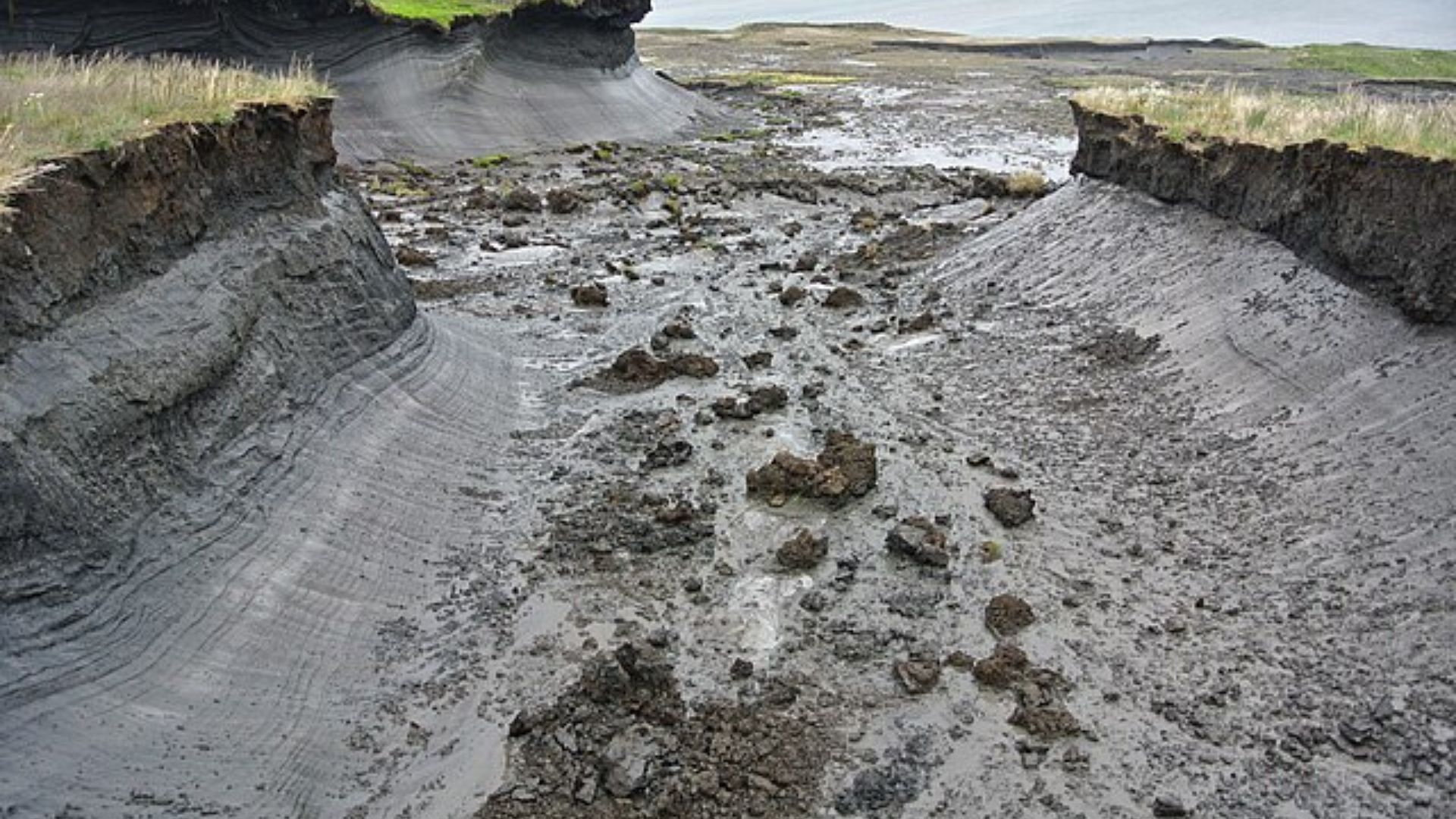
Melting permafrost causes many issues worldwide, all of which are to climate change. One of the many issues it causes is water shortages.
This is because the permafrost underneath no longer supports surface water, which causes the water to enter cracks in the ground and disappear.
Sinkholes Are Becoming More Common
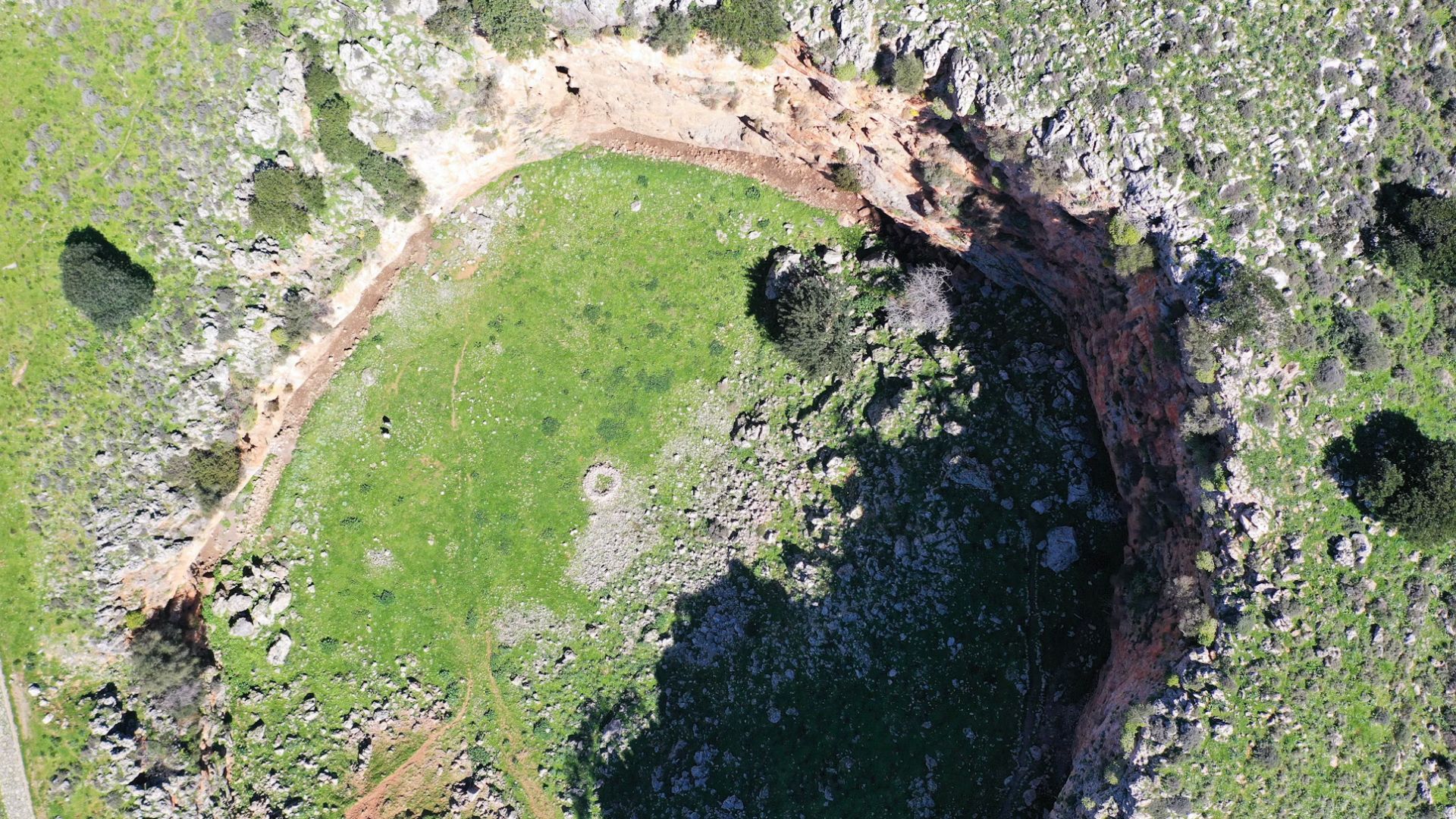
Permafrost melting isn’t new and is only contributing to the growing trend of sinkholes popping up frequently worldwide.
There are other reasons behind the growing rate of sinkholes, including wetter and more extreme weather. All of this is contributed by climate change.f
Strange Discoveries Made in the ‘Mouth to Hell’
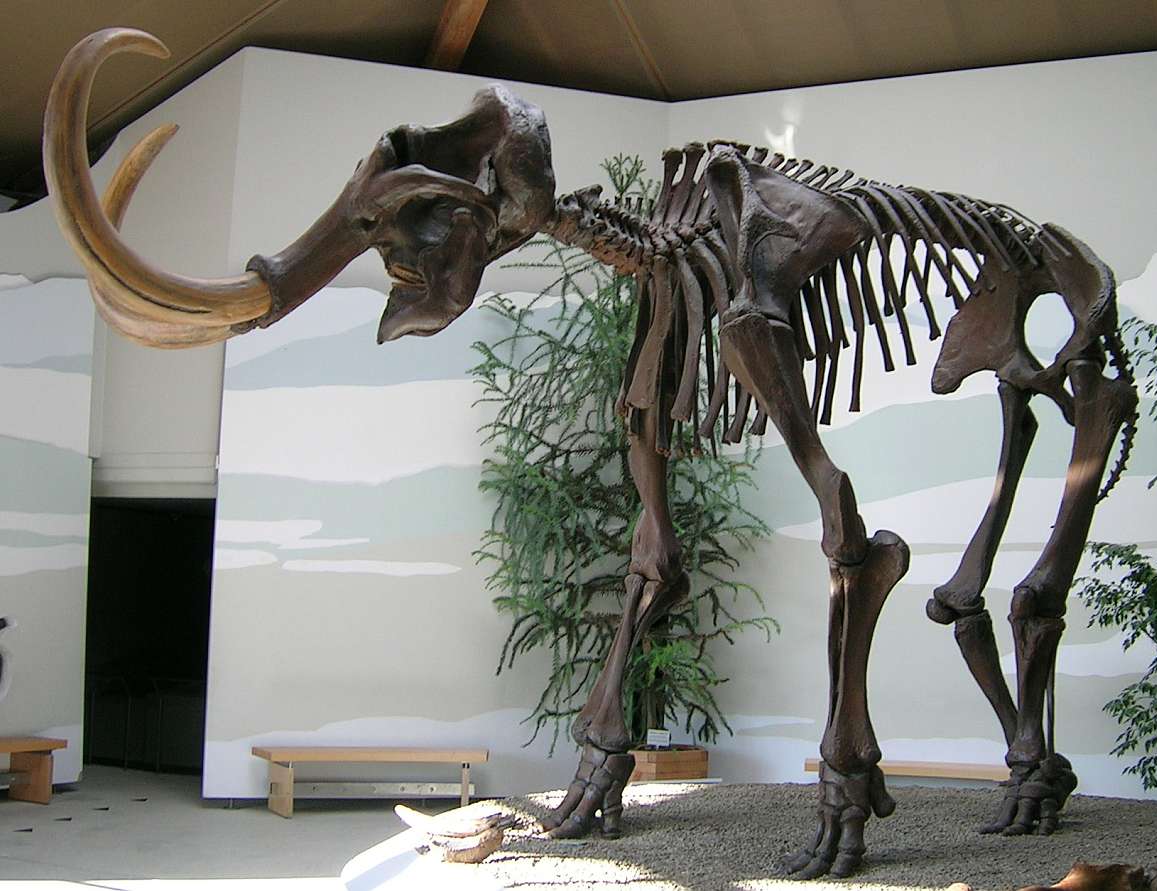
In the past several years, as the ‘Mouth to Hell’ continue to widen and deepen, scientists have uncovers some fascinating discoveries. The permafrost had encapsulated mysteries of the past in ice and as that ice melts, researchers have studied the many fossils found in the crater.
Fossilized remains of mammoths, horses, musk ox, and more have been uncovered in the crater. The permafrost is uncovering round that has been buried for thousands of years, so it is an extraordinary place to study geology and how it has changed over time.
A Preserved Foal
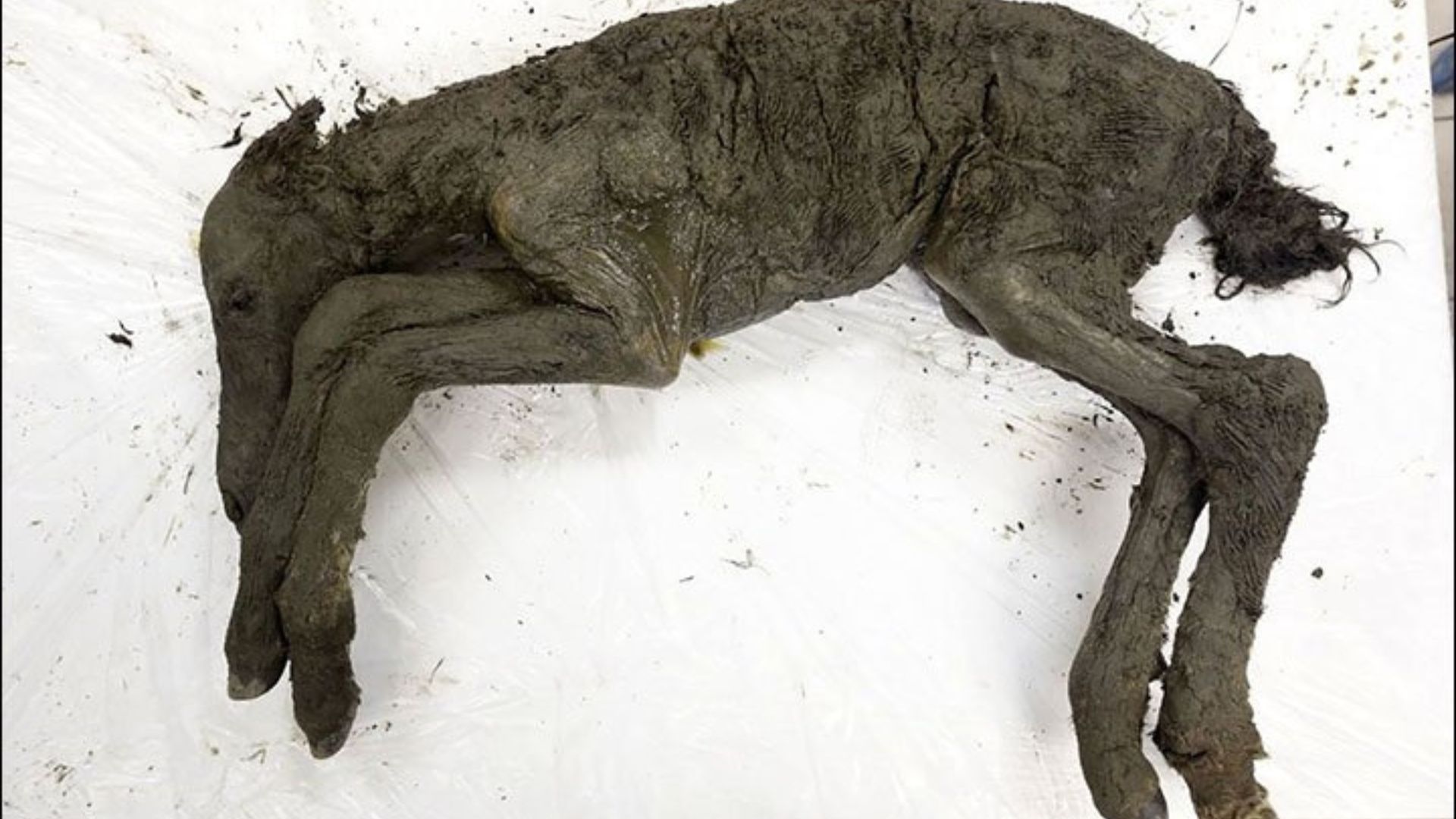
In 2018, North-Eastern Federal University and Kindai University in Japan carried out an expedition, which found a preserved foal in the Batagay ice.
They discovered that the foal was around 42,000 years old. Its hair was fully preserved, and the organs were fully intact. Liquid blood was even extracted from the body to help the scientists learn more about the foal.
Exposing 200,000 Years of Data
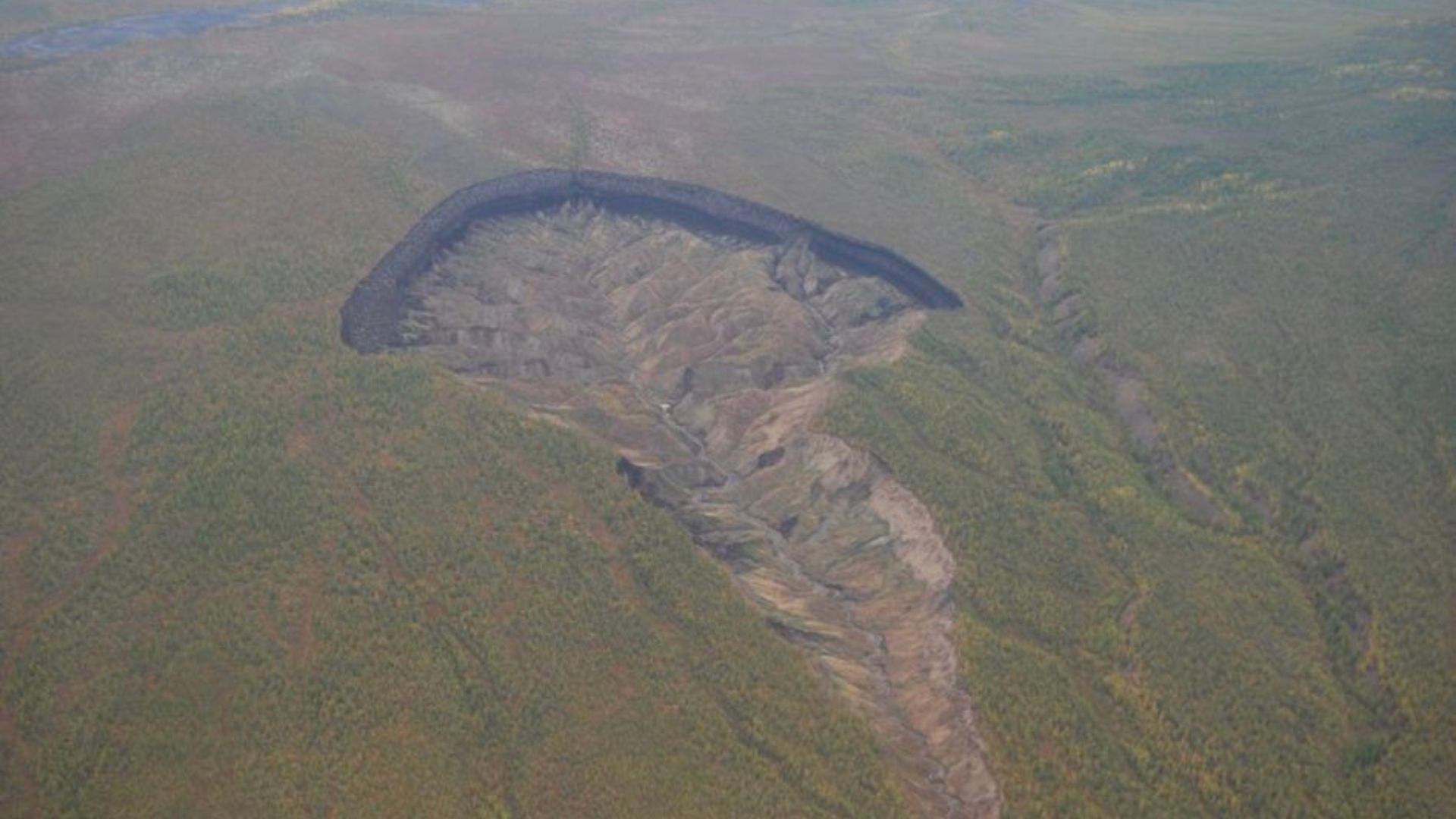
The mouth to hell exposes data about the climate as far back as 200,000 years. This gives scientists a unique opportunity to learn more about the area and its climate historically.
While this might be fascinating, it doesn’t prevent this crater from having negative aspects due to the severe implications it is likely to have for generations to come.
The Quaternary Ice Age
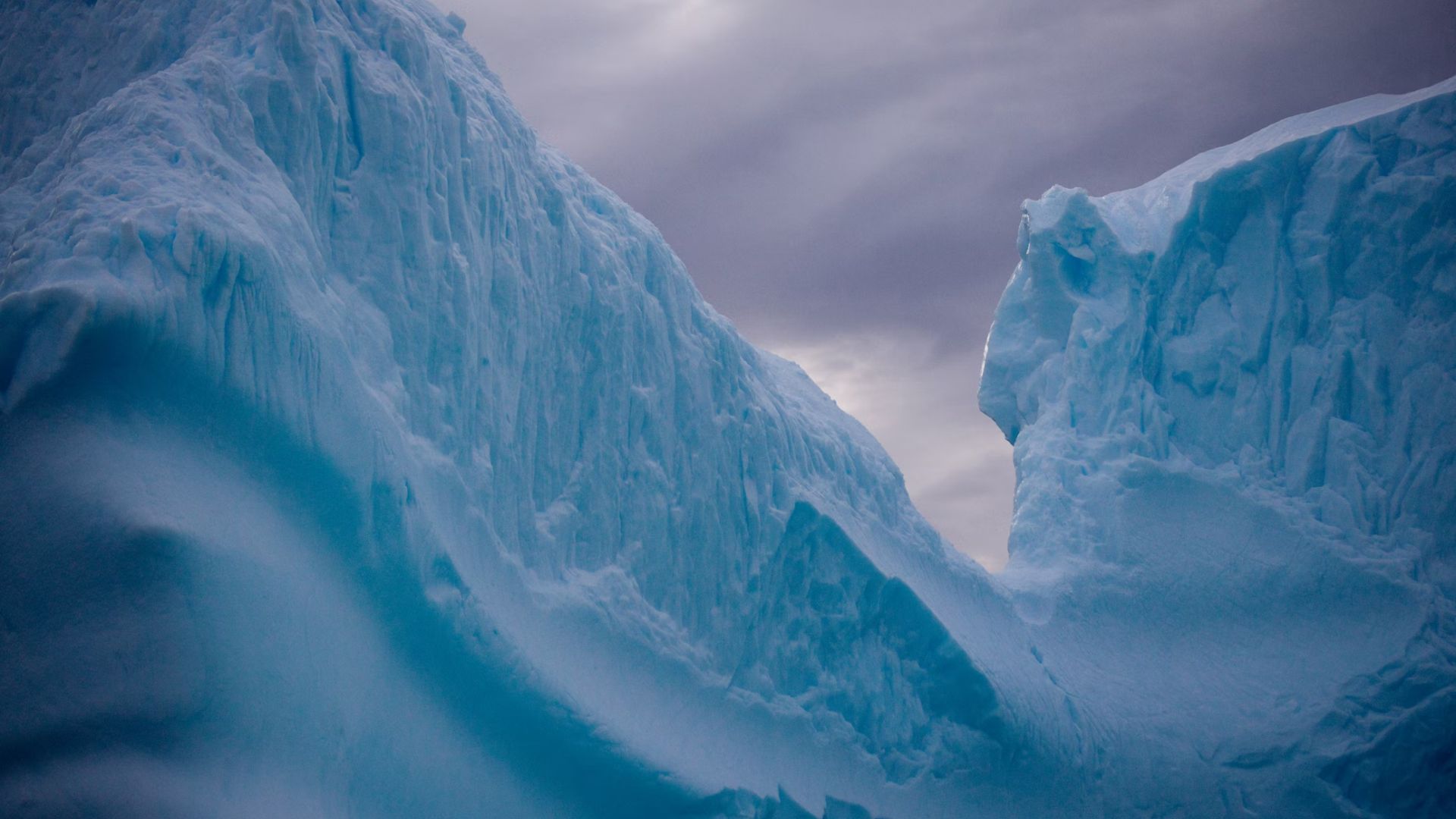
The land surrounding the mouth to hell was permanently frozen during the Quaternary Ice Age, around 2.58 million years ago.
However, as the trees surrounding the area were removed, this caused what was previously meant to be permafrost to defrost. While it harms the environment, it has at least led to these incredible discoveries.
The Oldest Uncovered Sunken Area in Eurasia
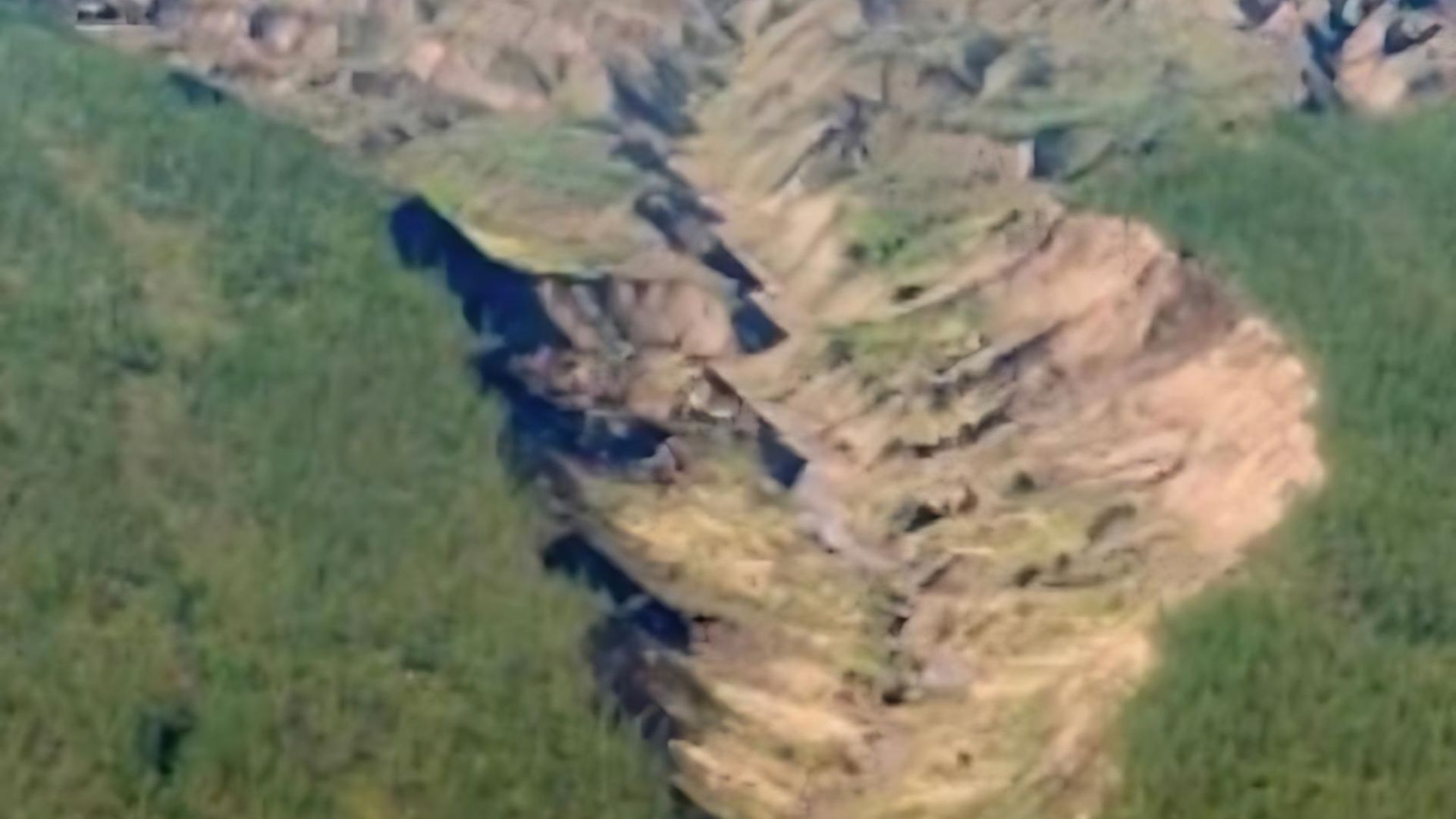
Scientists believe that this is currently the oldest sunken area in Eurasia, which is the largest continental landmass worldwide.
This is because the mouth to hell has exposed layers of soil that are 120,000 to 200,000 years old, with data suggesting that the lowest layer is 650,000 years old.
Concern for Local Residents
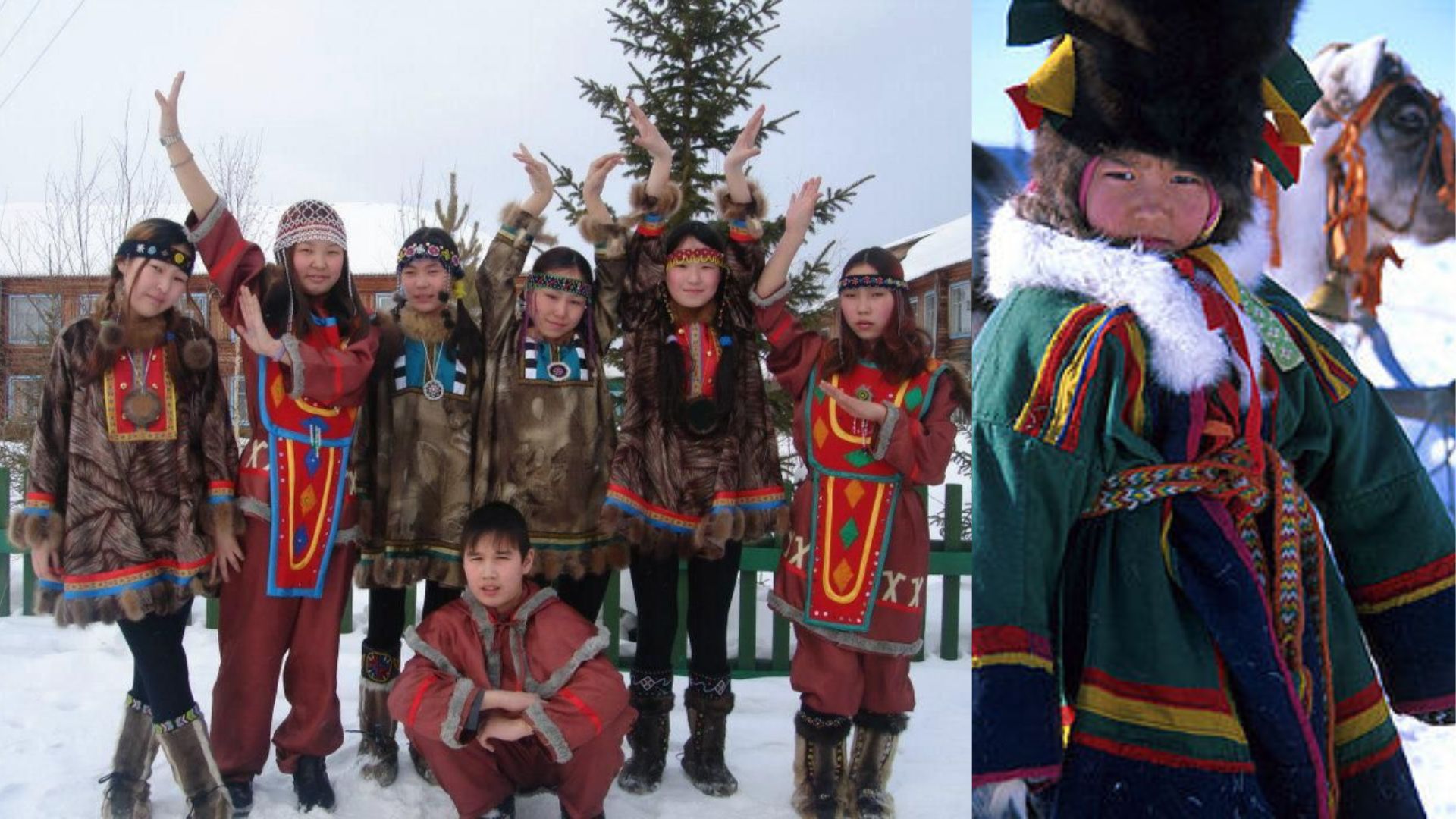
Scientists are highly concerned about the rapid growth of the crater. If it continues at the current pace, they fear it will have catastrophic consequences for the local residents in the surrounding regions.
The more land the crater consumes, the higher the threat to the landscape that includes the homes of people who have lived there for generations. Locals worry that if the speed at which the crater is swallowing land increases, they will be left without land to live off of and will be forced to move elsewhere.
Residents Worry They Will Be Displaced
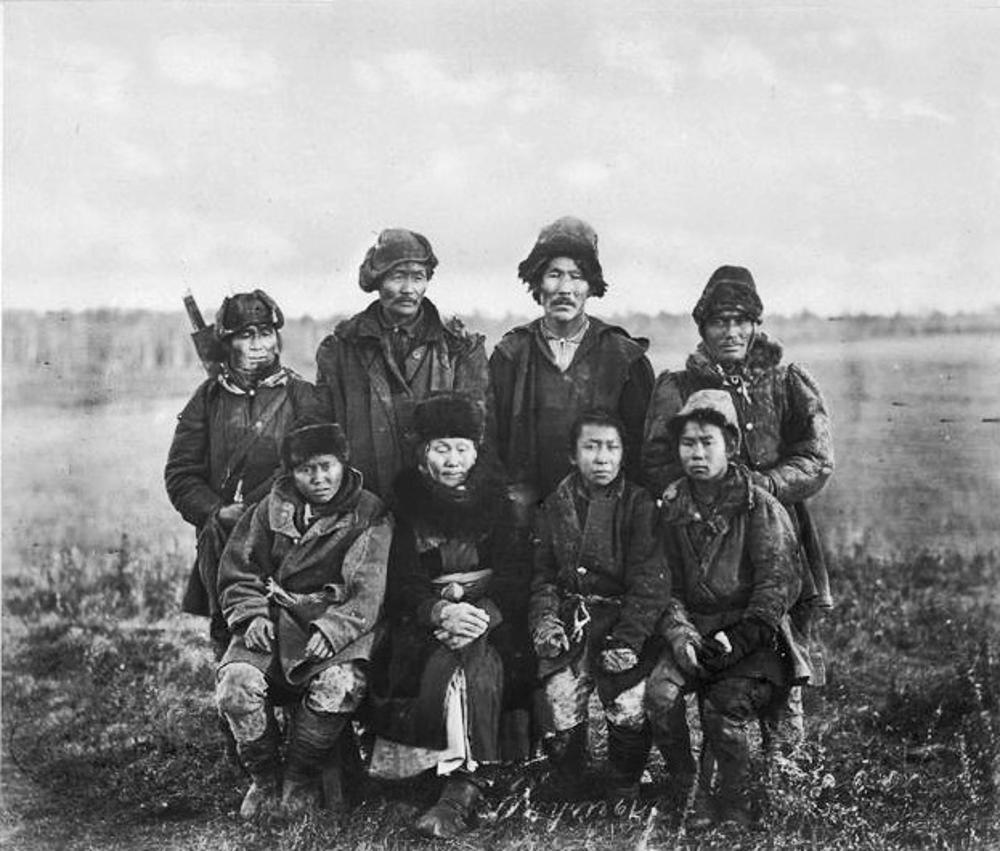
One such village that is in direct danger of the sinkhole is called Batagay. The village of Batagay is only 10 kilometers northwest of the sinkhole. While there is still a good amount of distance between the village and the sinkhole, some residents are already worried.
There are currently about 4,500 people that live in Batagay village. Many of these are farmers who rely on the landscape to provide.
Local Myths About the Crater
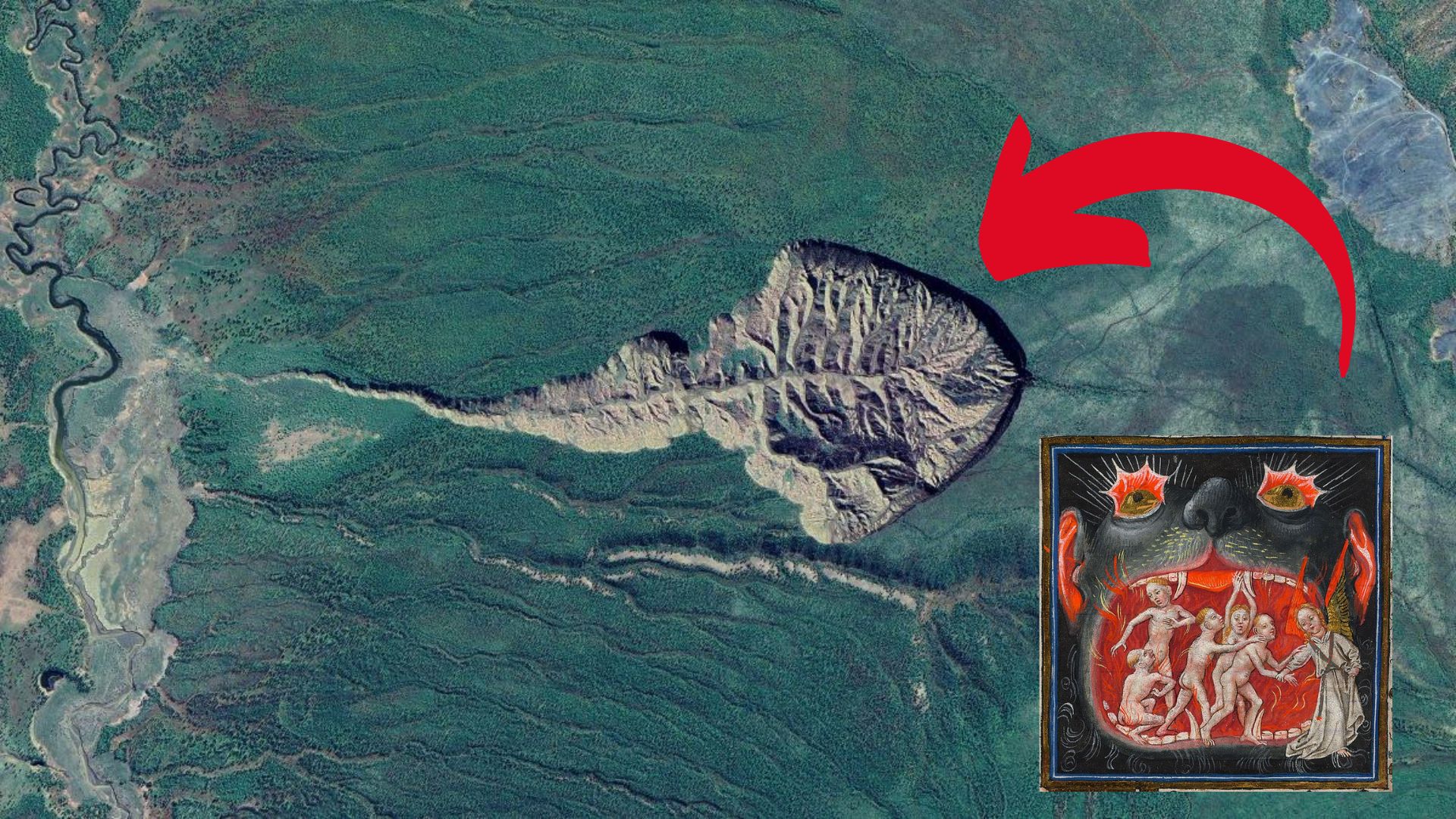
The Yakut are an indigenous group native to the region surrounding the crater. The community believes that there is a spirit world within the crater, as they have heard unnerving booming noises coming from deep inside.
Some believe that the ‘Mouth to Hell’ is just that; an entrance to the underworld or to another world entirely.
Connections to the Supernatural

Some of the local residents even believe that the mouth to hell is connected to the supernatural and needs to be watched closely to see exactly what is going on.
However, it is currently unknown whether the mouth to hell is linked to anything or whether it is simply going further down into the ground where nothing will be at the end.
The Yakuts Are Connected to the Environment
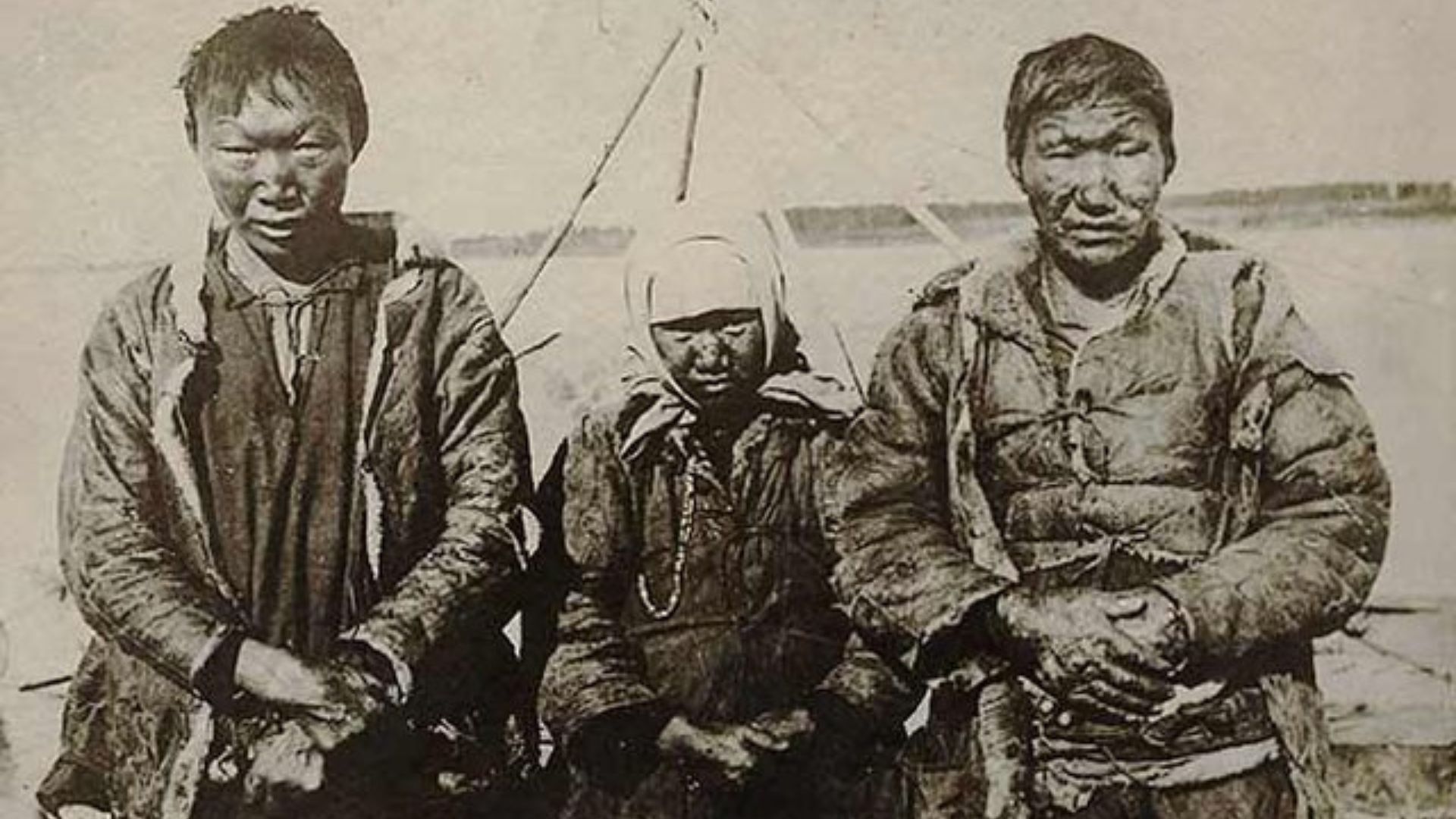
The Yakut people are connected to the environment and rely on it heavily in their daily lives. They rely on it for hunting, trapping, and fishing for subsistence.
If the hole gets large enough that they can no longer do this, they will either have to change their way of life or move out of the area.
Will the Crater’s Growth Eventually Slow?

Scientist Julian Murton explained in Permafrost and Periglacial Processes that he believes the crater will “probably stabilize eventually”. The idea is that although it is currently growing at a rapid pace, it will eventually reach its limits based on the surrounding topography.
However, this will take decades to happen and even if it were stalled by topographical obstructions, there is no guarantee that the crater would not continue to eat up land.
The Domino Effect Caused by the Crater
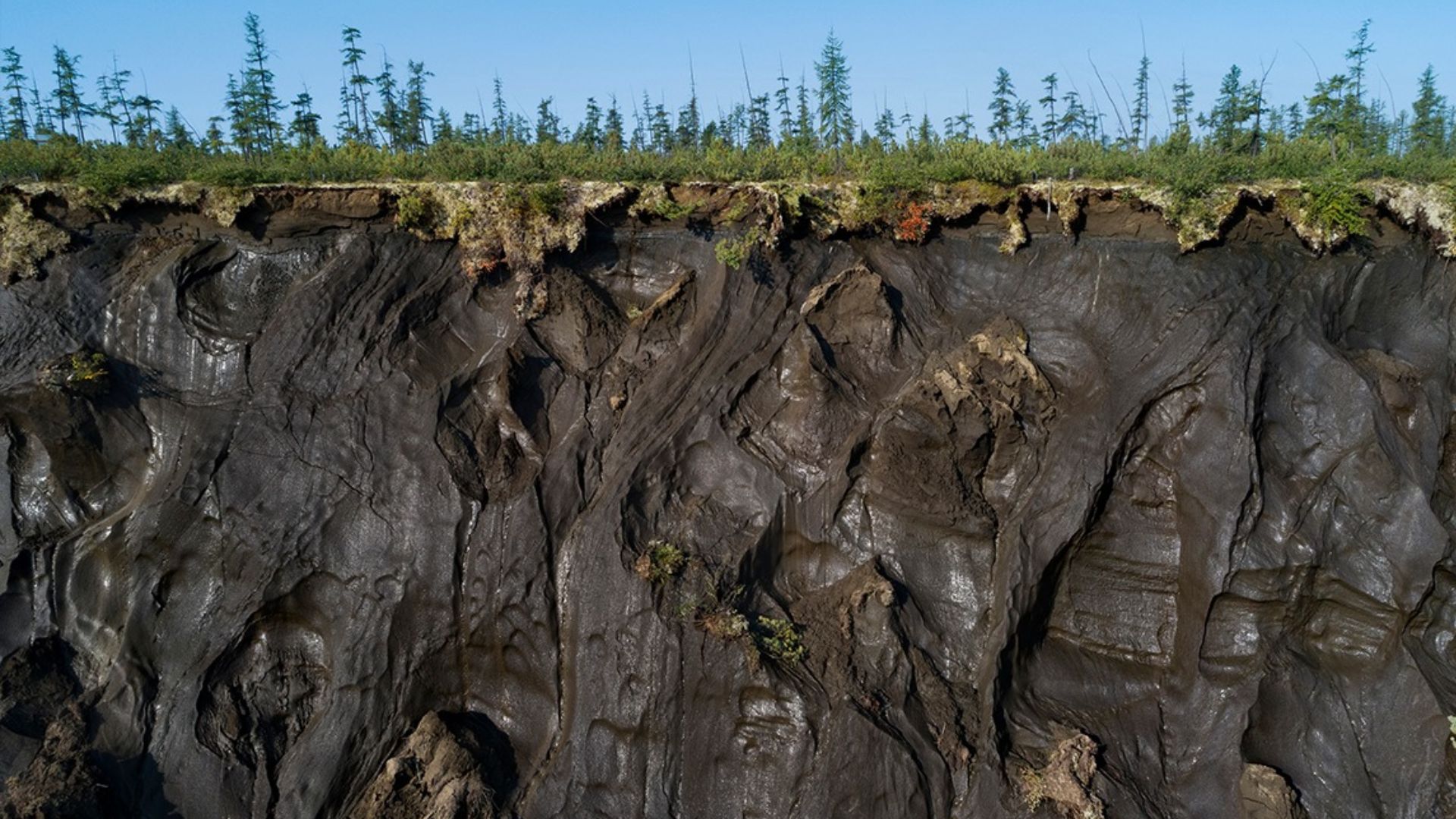
Unfortunately, the current climate change trend does not inspire great hope among scientists. Sadly, they predict there will likely be more “Mouths to Hell” opening up around the world as ice continues to melt and give way to unstable land.
A similar crater was found in the Yana Uplands of northern Yakutia. Researchers studying the crater found the crater released a vast amount of carbon into the atmosphere that was previously trapped by the ice. This gas is extremely harmful to the atmosphere.
A Fiery Pit Burning Since the 1980s
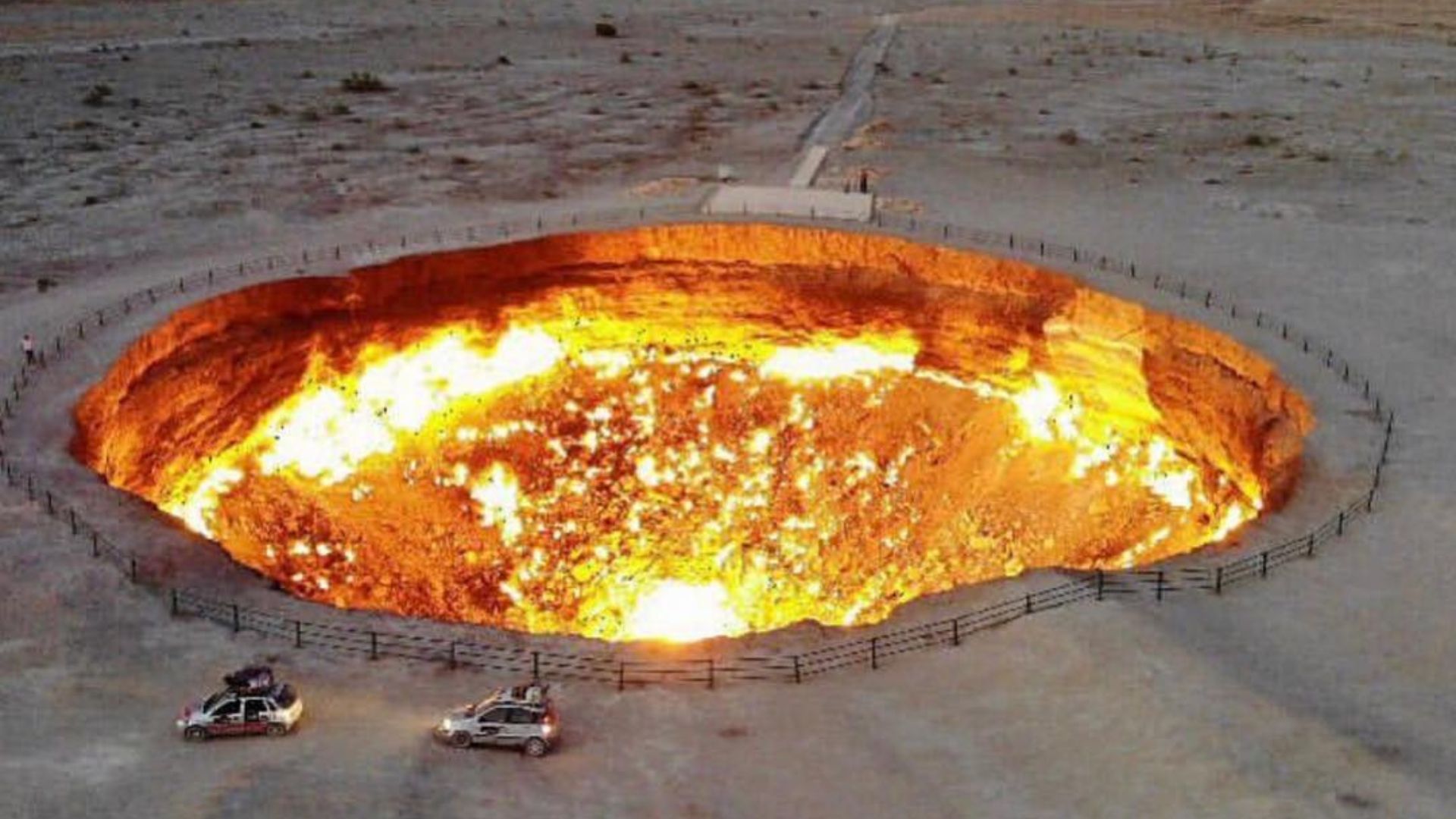
There is another crater known as the mouth to hell, as there is a fiery pit in Turkmenistan that has been burning since the 1980s. The only difference between the two is that the one in Turkmenistan is manmade.
This was due to engineers igniting methane in the Darvaza gas crater, intending for it to burn off and make the area safer. The issue was that it never stopped, creating a 70-meter burning hole that has now become a tourist attraction.
Climate Change Will Cost Trillions
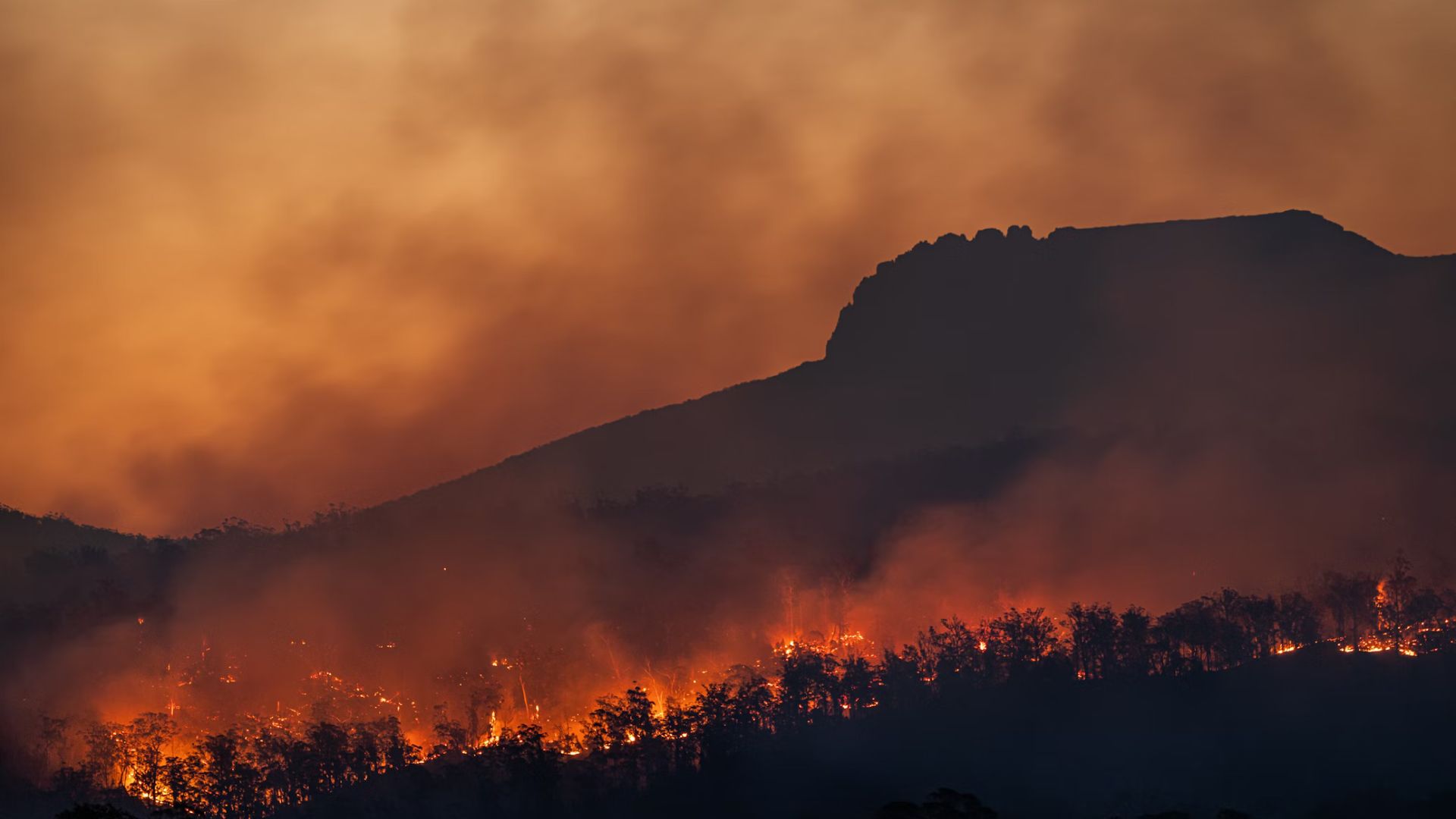
Experts have predicted that the cost of climate change worldwide will be astronomical. By 2049, it is predicted that it will cost around $38 trillion per year.
It has also been predicted that climate change will reduce global future income by 19% over the next 25 years. While every country will be affected, the poorest countries will be worst-hit.
Global Temperatures Continue To Rise
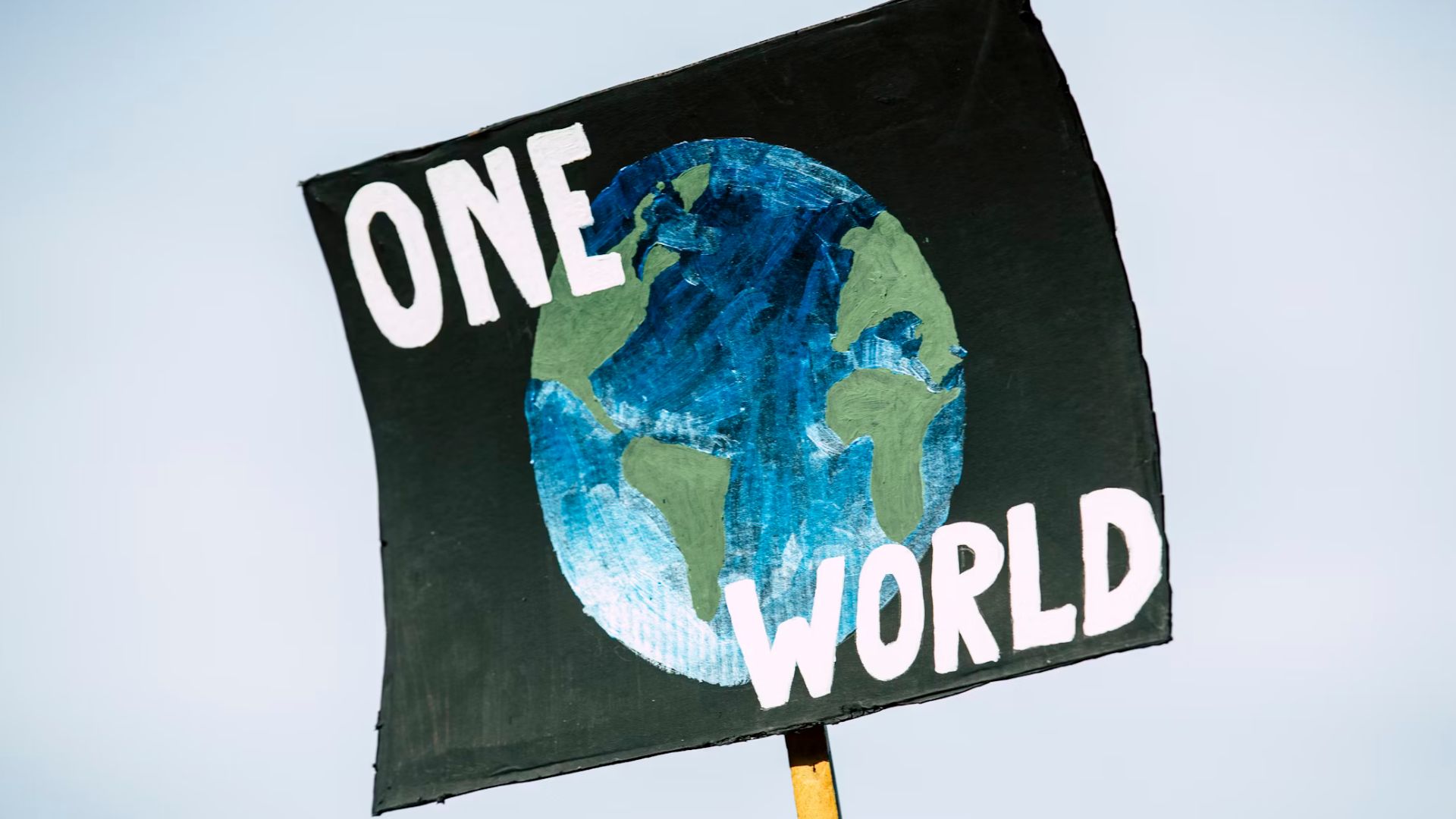
Scientists have noticed that global temperatures are continuing to rise. However, they also found that there is currently no evidence that climate change is accelerating.
The study concluded that the record heat in 2023 was mostly caused by humans, with mankind being 92% of the reason for this heat. This comes as bad news to places worldwide, especially those with permafrost who want the frost to stop melting.
Climate Change Releases Greenhouse Gases
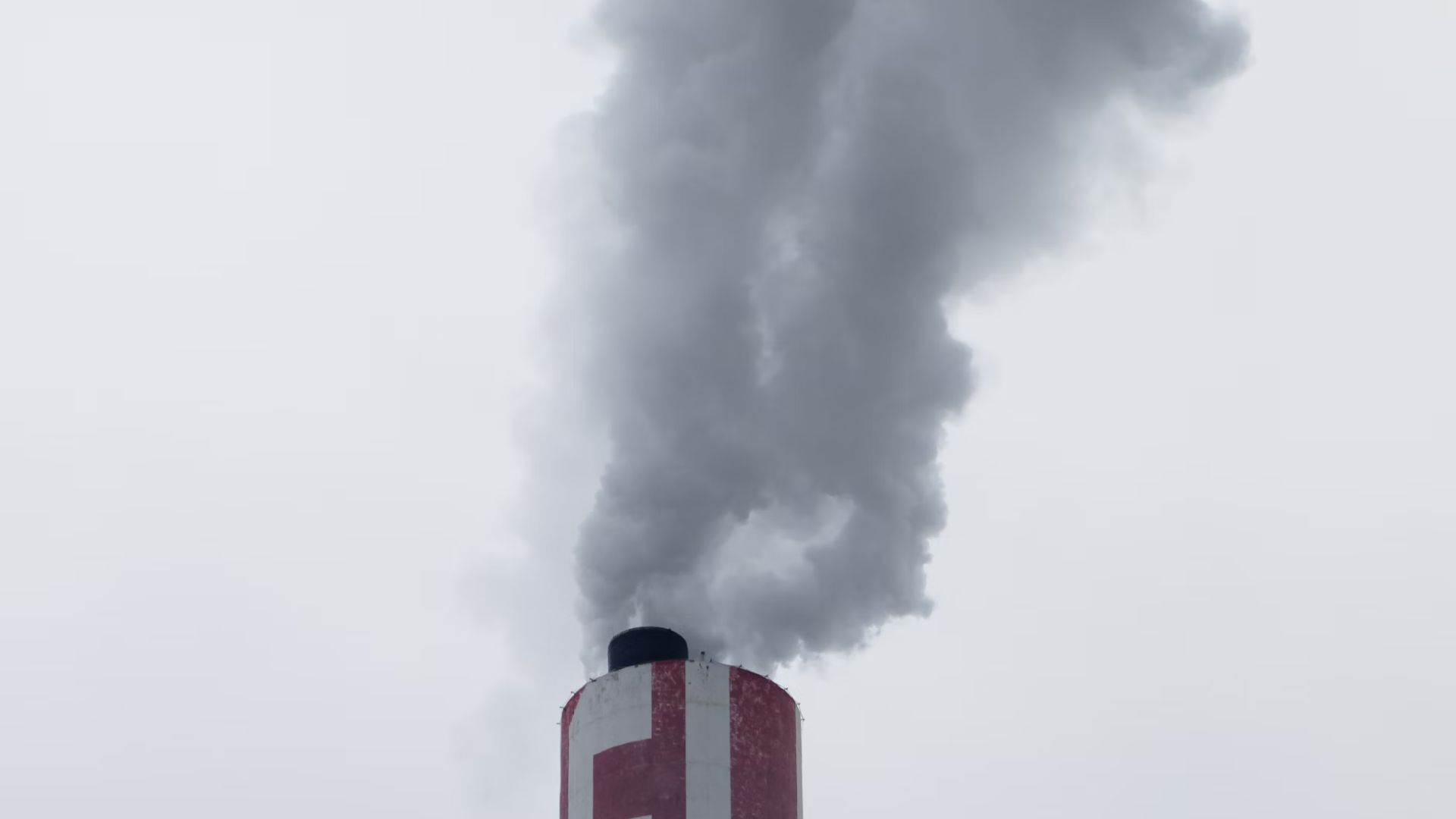
One of the contributing causes of climate change is greenhouse gases. These are released from thawing permafrost, and the main gas released is methane.
Greenhouse gases are known to be 84 times more likely to trap heat than carbon dioxide.
Continuing to Monitor the Crater
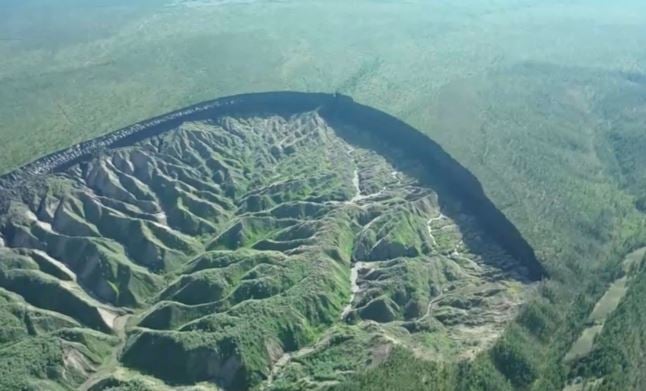
While the ‘Mouth to Hell’ does not currently pose any direct threats to the surrounding residents, scientists continue to monitor the growth of the crater.
If the growth should accelerate it could mean the displacement of indigenous people who have lived there for generations.
